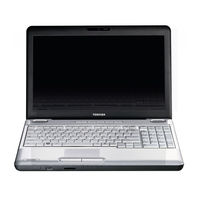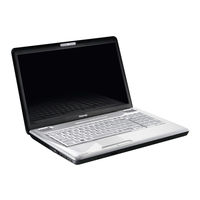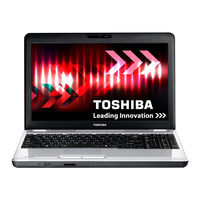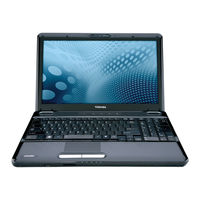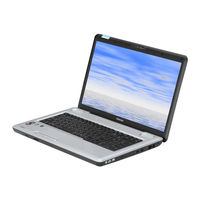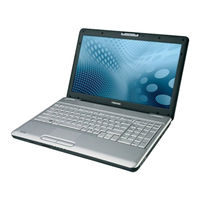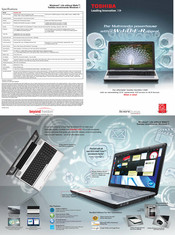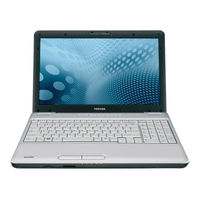Toshiba Satellite L500 Series Manuals
Manuals and User Guides for Toshiba Satellite L500 Series. We have 8 Toshiba Satellite L500 Series manuals available for free PDF download: User Manual, Manual Del Usuario, Resource Manual, Brochure
Advertisement
Advertisement
Toshiba Satellite L500 Series User Manual (188 pages)
Toshiba Personal Computer User Manual
Table of Contents
Toshiba Satellite L500 Series Resource Manual (56 pages)
Toshiba Satellite L500 Series Reference Guide
Table of Contents
(Spanish) Toshiba Satellite L500 Series Manual Del Usuario (231 pages)
User Guide 2
Table of Contents
Advertisement
